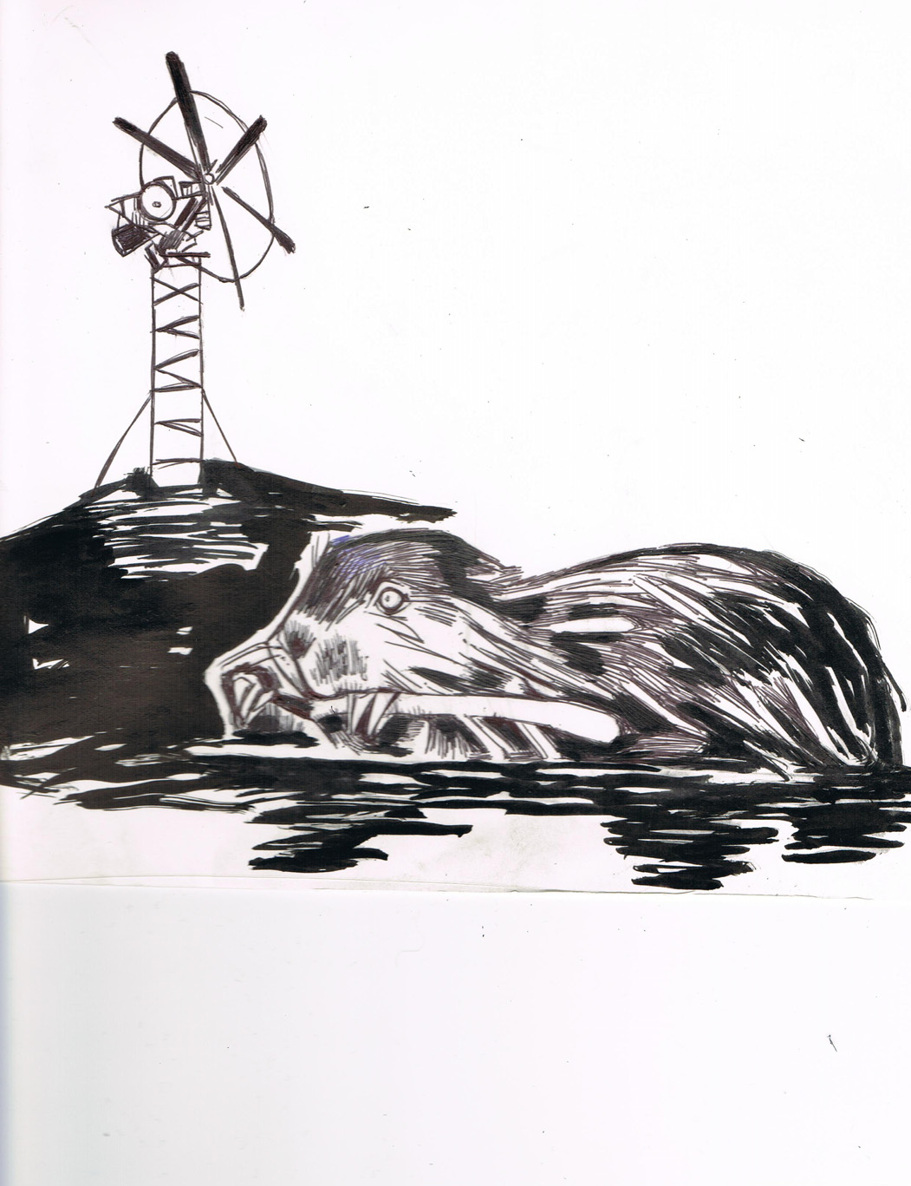2
I have a relative named Bucky who lives in the Pacific Northwest. You may have guessed that he’s a beaver. From my cousin’s name, you may be thinking of the comic strip character in Get Fuzzy, but he’s not like him at all. He may not be that funny or Republican, but he’s a decent person and a cousin somewhat removed – don’t ask me what that means as I can understand brothers, sisters and cousins, but that’s the extent of my comprehension.
I think he works on building dams, but he doesn’t work for corporate America or the government, so there’s no concern about cost overruns. He does small projects since he carries no tools, and what he builds is fine with nature. Not only does it not impact the planet, it probably is good for it as he provides resources for other creatures. His work benefits his brethren in the forest.
When it comes to projects like the Hoover Dam and Boulder Dam, Bucky wouldn’t have had a thing to do with either. Both have done more harm 6
than good over the long run. The flood problems in the Midwest a few years ago wouldn’t have occurred except for the attempt to change nature by unnecessary projects such as the construction of dams.
Studies have shown that electric power can be generated without a single dam. All that has to be done is to harness the energy of a raging river in some way. A great example of this is something in our own back yard, Niagara Falls. No dam was necessary for the Power Project to harness its power. Granted, most rivers are a great deal calmer, but with a bit of ingenuity, electricity can result from any body of water that flows from one point to another.
William Kamkwamba is an amazing young man who generated electricity in his windmill project in Malawi. You can read about this in the book he wrote, with the help of Bryan Mealer, The
Boy Who Harnessed The Wind. It’s a wonderful story of love, genius, family, struggling people, ambition, hope and inspiration.
With those river obstructions, salmon have a tough time making the trip upstream – but somehow they manage. It’s so much more of a challenge when a dam gets in their way. It wouldn’t surprise me if on running into this obstruction, they utter the expletive that almost corresponds to its name –
except they add an “n” at the end. Spelling does 7
count.
Before constructing any new dams, serious other options should be considered. Some of the dams can stay, with a small amount of remediation.
This can save some money and make use of what’s already there. In other cases, the best alternative may be to remove the structure. Each case demands different solutions.
Bucky offered this comment, “It’s true that the construction of a dam does have some benefit to the area, but engineers never weighed in with the thought of what bad resulted from their efforts.
Maybe a bit more planning and research could have convinced others that alternatives should have been considered.”
A great story of the challenge that we have to control the number of dams built can be found in Bruce Barcott’s 2009 book, The Last Flight Of The
Scarlet Macaw. More will be related about that beautiful bird later. Sharon Motola challenges the corporate criminals as well as the government in Belize in order to save the habitat for this wondrous creature. Her struggle is filled with pitfalls, disappointment, but not without hope and redemption. You’ll laugh, cry and be better after reading Barcott’s gem, which you may find difficult to put down.
8

9
10




